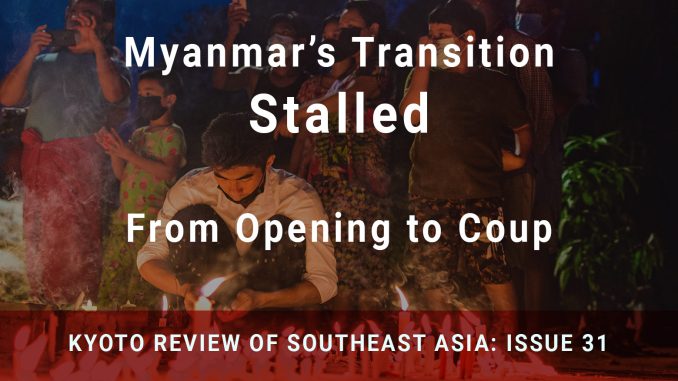
The year 2020, when this project was initiated, provided a unique opportunity for reflection on critical milestones in Myanmar’s recent history: it marked a decade since the initiation of political, economic, and peace transitions, as well as five years since the National League for Democracy (NLD) took control of the civilian government in an ad hoc power-sharing arrangement with the military. The November 2020 election would furthermore grant insights into the country’s political dynamics for the half-decade to come. In the light of these milestones, the contributors to this collection were asked to consider how key areas including democratization, social inclusion, the peace process, institutional reform, and Myanmar’s place in the world had evolved, and what might lie ahead.
Myanmar’s transformation since 2010 had been dizzying. After decades of repressive military rule and isolation, tens of millions of citizens embraced open access to information and new freedoms. Rapid economic growth brought prosperity to some and a measure of security to many more, creating a proto-middle class. Civil society blossomed, prompting critical discussions on issues that were long off-limits. Government and civil society also became more gender inclusive. The 2015 election, won by the NLD in landslide fashion, saw the first non-military-aligned government sworn into power since the early 1960s, raising expectations for reform even further. A young generation of Myanmar citizens looked toward the future with great hope.
Despite some remarkable achievements, however, reality also lagged behind the lofty expectations in key areas. The peace process, intended to end the decades-old conflicts between the military and ethnic minority groups, produced modest initial gains, but then largely stalled despite being a top priority for the NLD. At key junctures, tensions between ethnic and religious groups even increased, most visibly with the persecution of the Rohingya, tarnishing Myanmar’s opening in the eyes of the world. While discussions on institutional reforms were often constructive, the political will and/or capital to see them through to implementation largely remained absent. Many nonetheless stayed optimistic that the NLD’s second term — tentatively 2021 to 2026 — would produce greater breakthroughs.
As the articles for this issue were coming together in February 2021, Myanmar’s military launched a coup d’état that deposed the NLD and restored full military rule. The move was justified on the pretext that the NLD had committed massive electoral fraud to secure its November 2020 win. No credible evidence to support this accusation has been presented. On the contrary, while pandemic-related restrictions and security concerns did produce some irregularities, a network of election monitors present at over 400 polling stations reported that the NLD’s victory unequivocally reflected the will of the electorate.
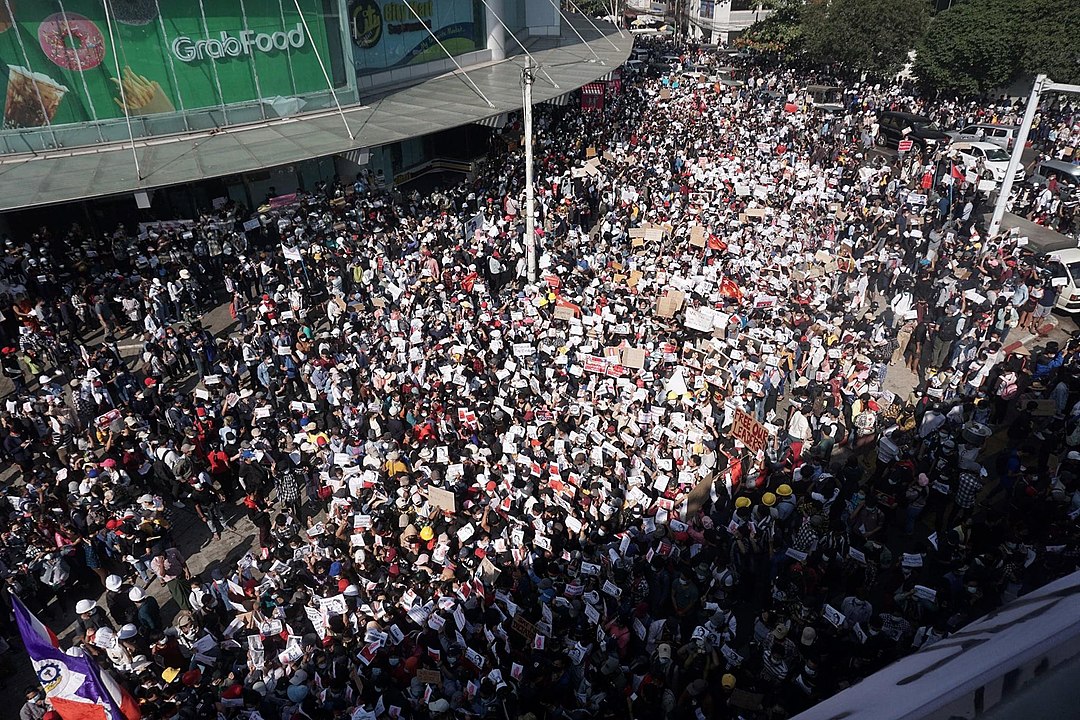
Instead, the coup follows the military’s growing weariness of NLD efforts to constrain its political influence, particularly through reforms of the 2008 Constitution that grants the military widespread privileges and political advantages. Senior military officials also appear to have been fed information that vastly exaggerated the public’s support for them; they likely believed that large swathes of the public, especially among groups who had grown impatient with the NLD since 2015, would welcome their return. Personal consideration may have played a role as well: the military’s Commander-in-Chief Min Aung Hlaing, who has harbored clear aspirations for the Presidency, faced mandatory retirement from his post in mid-2021.
Regardless of the cause, the military’s power grab was met almost immediately by a pro-democracy movement that soon spread across cities, towns, and villages nationwide. Troops, many of whom were battle-hardened through combat with Myanmar’s Ethnic Armed Organizations, were deployed in civilian areas. Following a short period of restraint, the military became ever more brutal in countering the movement: at the time of writing, at least 800 protesters and bystanders have been killed, with thousands more arrested. Tactics familiar from the era of military dictatorship — from widespread censorship to kidnappings, torture, and recruitment of secret informants — have resurfaced.
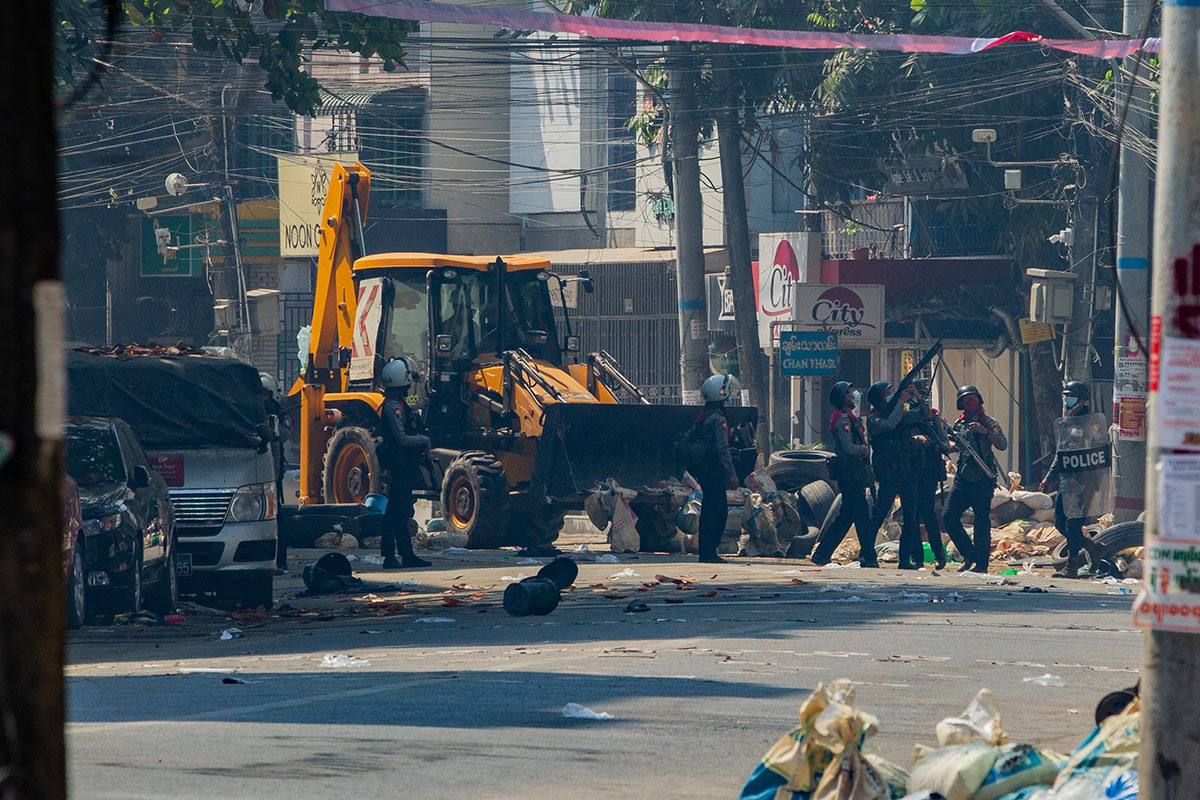
The spiral into chaos comes on the heels of grappling with the covid-19 pandemic that had already strained or depleted household savings, leaving many in a state of extreme precarity. With both the economy and large portions of the state in paralysis, the risk of state collapse in Myanmar grows. That in turn raises fears of a lost generation, given the clear impact on security, social stability, and access to education and healthcare. There is no obvious exit from the stalemate: while the military initially pledged to hold new elections within a year, it is now preparing for extended rule, including through the possible dissolution of the NLD.
The articles that follow were written against this rapidly evolving backdrop. The authors continue to reflect on developments over the past decade in key areas — democratization; identity and social inclusion; the peace process; federalism and decentralization; and Myanmar’s place in the world — but also directly engage the coup and its myriad implications.
Each article expresses concerns about the coup and the monumental setbacks it imposes. The military’s recent actions are, as expected, uniformly condemned. Yet serious miscalculations on the part of the NLD during its time in government also emerge as a consistent theme. Those mistakes, whether or not they are attributable to the difficult circumstance surrounding the NLD’s tenure, have real costs, as the mistrust they have sown is a major impediment to effective cooperation between the NLD and other non-military stakeholders throughout the country.
Tw // Gunshots, Video Footage of Terrorists slaughtering Unarmed protestors in Pyay📍. at least 2 people got injured by real bullets.person who got shot in abdomen was kidnapped by Terrorists. TOWARDS FEDERAL UNION#WhatsHappeningInMyanmar#Mar13Coup @UNinMyanmar @DrSasa22222 pic.twitter.com/7JtJT3zPKq
— Milk Tea Alliance Myanmar 🇲🇲 (@MilkTeaMM_MTAM) March 13, 2021
But the story is not entirely bleak. The articles also reveal ways in which the coup has allowed for a substantial break with the past, creating new opportunities to engage several previously intractable problems. Indeed, new solidarities have been forged, new discourses on identity initiated, and the voices of younger leaders amplified. These are necessary first steps towards a new political arrangement that better reflects Myanmar’s diverse composition.
Voices from within Myanmar have expressed fear that the country will again descend into darkness. Yet Myanmar’s people have also shown almost unfathomable determination and resilience in the face of crisis. The outside world may not be able to decisively sway the stalemate, but it must stand with and support in whatever ways possible Myanmar’s people and their aspirations for a return to full civilian rule.
Editors:
Kai Ostwald
Associate Professor, School of Public Policy and Global Affairs
University of British Columbia
Kyaw Yin Hlaing
Director, Center for Diversity and National Harmony (CDNH)
Myanmar
Acknowledgements:
This special issue, including its translation into Myanmar Language, was supported by the International Development Research Centre (IDRC) Knowledge for Democracy Myanmar Initiative. Peggy Brett and Isabel Chew provided further invaluable support.
Main Articles in seven languages –
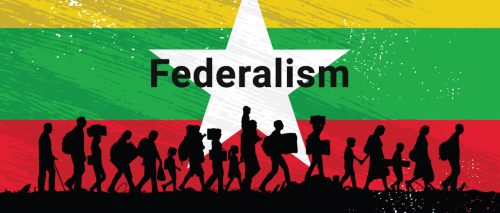
- Federalism at the Forefront of Myanmar’s Revolution
- Federalisme di Garis Depan Revolusi Myanmar
- ระบอบสหพันธรัฐในฐานะธงนำการปฏิวัติของเมียนมา
- ミャンマーの革命の焦点、連邦主義
- Chủ nghĩa liên bang đi đầu trong cuộc Cách mạng Myanmar
- Ang Pederalismo sa Unahan ng Rebolusyon ng Myanmar
- မြန်မာ့တော်လှန်ရေး ရှေ့တန်းက ဖက်ဒရယ်လစ်ဇင်
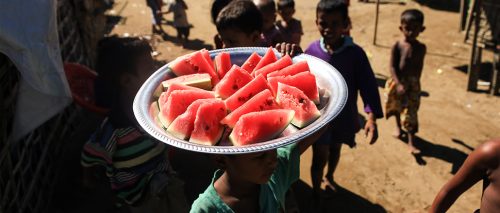
- Myanmar’s Peace Process: 2010-2021
- Proses Perdamaian Myanmar: 2010-2021
- กระบวนการสันติภาพของเมียนมา: 2010-2021
- ミャンマーの和平プロセス —2010-2021
- Tiến trình hòa bình ở Myanmar: 2010-2021
- Prosesong Pangkapayapaan ng Myanmar: 2010-2021
- မြန်မာ့ငြိမ်းချမ်းရေးဖြစ်စဥ်။ ။၂၀၁၀-၂၀၂၁
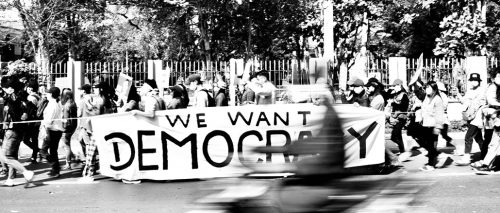
- Myanmar’s Pro-Democracy Movement
- Gerakan Pro-Demokrasi Myanmar
- ขบวนการฝ่ายประชาธิปไตยของเมียนมา
- ミャンマーの民主化運動
- Phong trào ủng hộ dân chủ của Myanmar
- Ang Kilusang Demokrasya ng Myanmar
- မြန်မာ့ဒီမိုကရေစီရေး လှုပ်ရှားမှု
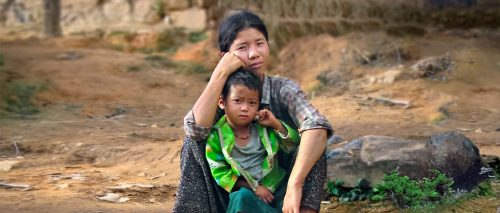
- Identity and Social Inclusion
- Identitas dan Inklusi Sosial
- อัตลักษณ์และความครอบคลุมทุกกลุ่มคนในสังคม
- アイデンティティと社会的包摂
- Bản sắc và sự hòa nhập xã hội
- Identidad at Panlipunang Inklusyon
- သရုပ်သကန် (identity) နှင့် လူမှုပါဝင်ရေး (social inclusion)
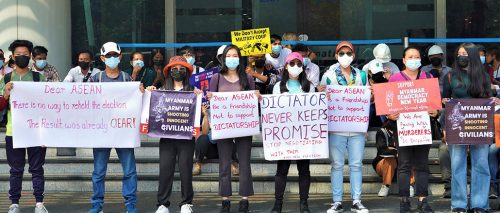
- Post-2020 Myanmar in the World: Contesting Legitimacy and Change
- Myanmar Pasca-2020 di Dunia: Perubahan dan Perebutan Legitimasi
- สถานะในเวทีโลกของเมียนมาหลังรัฐประหาร 2020: การช่วงชิงความชอบธรรมและการเปลี่ยนแปลง
- 世界における2020年以降のミャンマー —争われる正当性と改革
- Myanmar sau năm 2020 trên thế giới: Tính pháp lí và sự thay đổi còn đang tranh cãi
- Ang Myanmar sa Daigdig Matapos ang 2020: Pagtunggali sa Lehitimasyon at Pagbabago
- ကမ္ဘာ့စင်မြင့်ထက်တွင် ၂၀၂၀ အလွန် မြန်မာပြည်၏ နေရာ တရားဝင်မှုနှင့် ပြောင်းလဲမှုအတွက် အားပြိုင်ခြင်း
